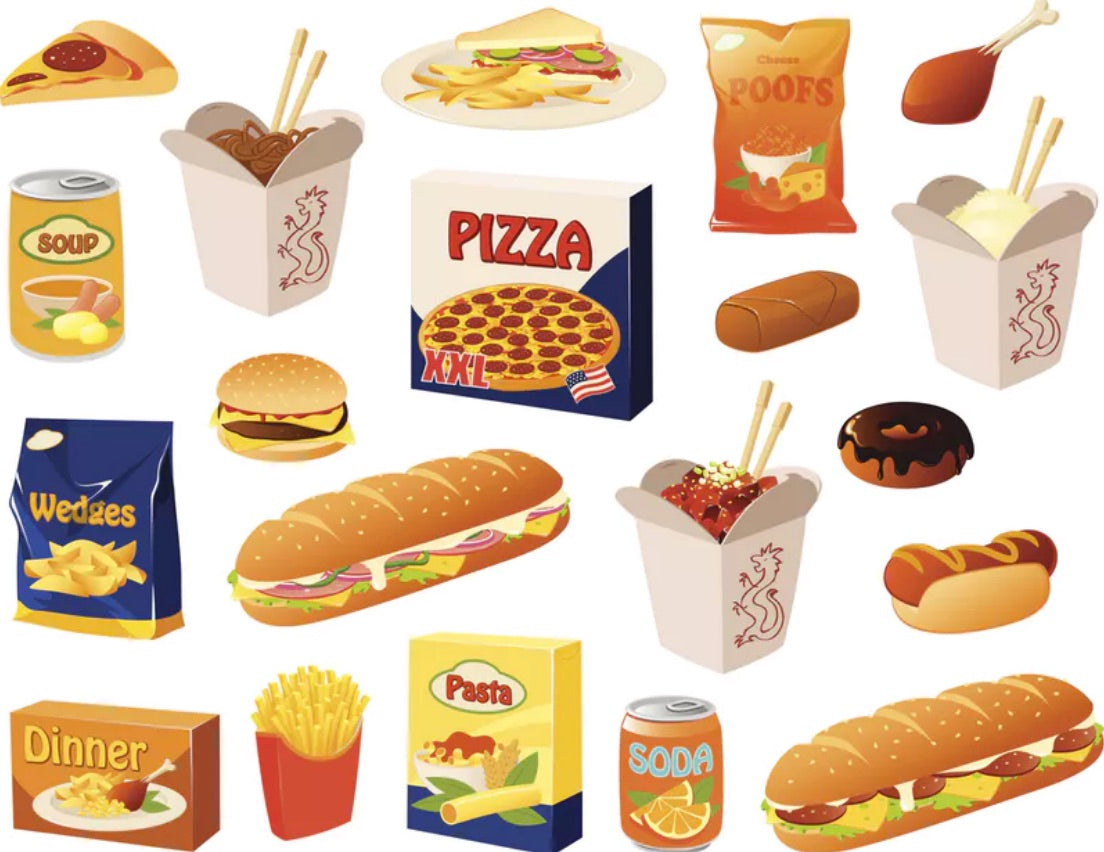
The Hidden Costs of Takeout: Why Home-Style Meals Are a Smarter Choice
Takeout has become a go-to solution for busy individuals and families. It’s quick, convenient, and available at the tap of a screen. But while food delivery apps may seem like lifesavers during a hectic week, the reality is that they come with more costs; financially, nutritionally, and emotionally than many realize.
In this post, we’ll explore what takeout might really be costing you, and why switching to home-style, chef-prepared meals can be a smarter, healthier, and even more affordable long-term choice.
1. The True Financial Cost of Takeout
Let’s start with the most obvious: price. The sticker price of your meal isn’t the full story. When you order through most food delivery apps, you’re often paying:
-
Marked-up menu prices (10–30% more than in-store)
-
Service fees
-
Delivery charges
-
Tipping (rightfully so)
-
Small-order or busy-area surcharges
What might appear as a $16 meal on a menu can quickly jump to $25–30 by the time it arrives at your door. If you’re ordering takeout three or four times a week, that can easily add up to over $400–$500 a month—often for meals that aren’t even that satisfying or nutritious.
Compare that with curated meal plans or ready-to-eat home-style meals from local providers like HouseCook, and it becomes clear: there’s a smarter way to eat well without draining your wallet.
2. Health: What Are You Really Eating?
One of the biggest concerns with frequent takeout is the lack of transparency. While some restaurants offer ingredient breakdowns, many don’t. You may be consuming:
-
Hidden sugars and sodium
-
Excess saturated fats and preservatives
-
Oversized portions with few nutrients
-
Meals that lack balance; either too carb-heavy or not enough fiber/protein
Home-style meals, on the other hand, are made with real ingredients and a focus on nutritional balance. At HouseCook, we prioritize whole foods, reasonable portions, and a rotation of global flavours that feel both nourishing and familiar.
Eating this way doesn’t just support your physical health. It affects your mood, energy levels, and even your ability to focus, something most of us can feel within days of cutting back on heavy, processed meals.
3. The Emotional Toll of Convenience Culture
Here’s something people rarely talk about: the emotional fatigue that comes with constantly outsourcing your meals.
It might feel like a relief in the moment, but relying on takeout long-term can leave you feeling disconnected from your food and your health. You start to forget what a home-cooked meal tastes like or how it feels to eat something made with care and intention.
We’ve heard this from countless HouseCook customers: the difference they feel when they come home to a meal that tastes like something their mom or grandmother would have made. There’s comfort in that. Familiarity. A sense that someone thought about you when preparing it.
That’s hard to put a price on.
4. Sustainability and Waste
Another hidden cost? The environmental impact.
Takeout meals often come with single-use plastic containers, utensils, and excessive packaging. Multiply that by millions of orders every day, and you have a major waste problem.
At HouseCook, we’re working to reduce waste by using eco-friendly packaging, limiting single-use materials, and offering delivery plans that help reduce your environmental footprint without sacrificing convenience.
5. A Smarter Alternative: Ready-to-Eat Home-Style Meals
You don’t have to choose between convenience and quality. Services like HouseCook were created to bridge the gap, offering fresh, pre-prepared meals made with real ingredients, delivered straight to your door.
Our meals are:
-
Nutritionally balanced
-
Made fresh by professional chefs
-
Free from artificial preservatives and unnecessary fillers
-
Available in a variety of global cuisines and dietary preferences
-
Packaged for freshness, not mass production
Instead of feeling guilty after a takeout binge, you can feel confident knowing you’re making a better choice for your body, your budget, and your routine.
Takeout isn’t inherently bad, it’s a modern convenience, and there’s nothing wrong with the occasional indulgence. But when it becomes the default, it often comes with more downsides than we realize.
If you’ve been feeling the pinch in your wallet, sluggish after meals, or just tired of food that feels impersonal, now might be the time to explore home-style meal options. They’re not only more nutritious and cost-effective, they’re also a small, daily investment in your well-being.